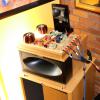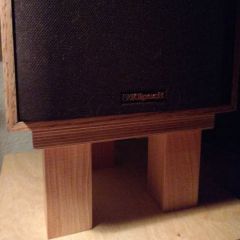-
Featured Topics
-
AUCTION: Klipsch La Scala AL6 All New Pre-Production (Active/Passive) S/N 001L & 001R
By Travis In Austin, in Klipsch Museum: News & Announcements
- 6 replies
- 598 views
-
Klipsch Pilgrimage and Chief Bonehead Class March 7 &8
By Travis In Austin, in Klipsch Museum: News & Announcements
- 6 replies
- 703 views
-
- 174 replies
- 28831 views
-
Klipsch (Chief Bonehead) & Ojas Speakers (Devon Turnbull) Collaborate Limited Edition Speaker - The Klipsch + Ojas kO-R1
By Travis In Austin, in Klipsch News
- 13 replies
- 2939 views
-
- 12 replies
- 3073 views
-
- 12 replies
- 6264 views
-











